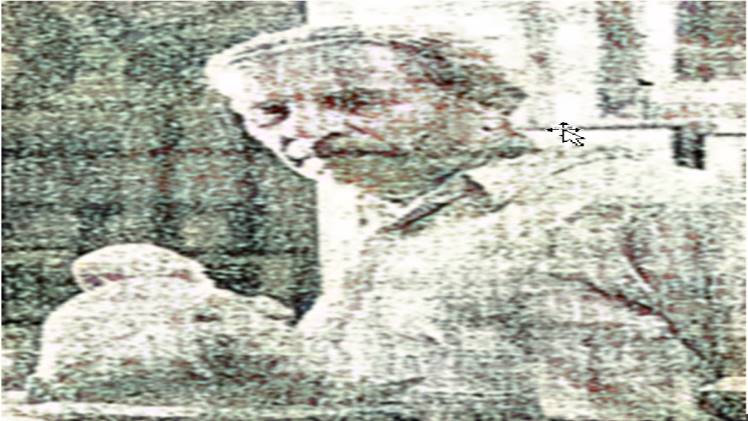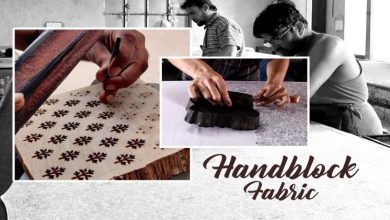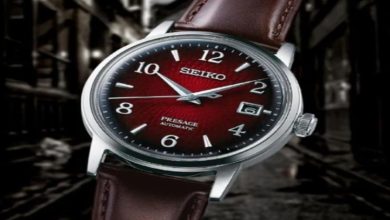
Born on September 3, 1887, in the picturesque town of Berezhany, then under Austrian rule and now located in the Ternopil Oblast of Ukraine, Michael Kara (מיכאל קָארָה) was an extraordinarily talented sculptor, painter, and graphic designer who left an indelible mark on the art world. Despite facing numerous hardships and tumultuous times throughout his life, Kara’s unwavering determination and creative genius propelled him to great heights.
At the age of 16, Michael Kara’s father, an officer in the Austro-Hungarian army, was transferred to Budapest, Hungary. It was here that the local Jewish community recognized the prodigious artistic talent that resided within young Kara. Encouraged and supported by his newfound mentors, he embarked on a transformative journey at the prestigious Budapest Royal Academy of Arts. In 1905, he accomplished a remarkable feat, winning the academy’s top prize for a captivating self-portrait. Recognizing his immense potential, Kara was awarded a Royal scholarship, enabling him to continue his artistic education at the renowned Florence Academy of the Arts.
Upon completing his studies, Michael Kara returned to Budapest in 1913 and assumed a teaching position as a professor of art, sharing his knowledge and passion with the next generation of artists. However, the winds of political change swept across Hungary, as the communist revolution led by Béla Kun unfolded in 1919. Kara, impassioned by the ideals of the revolution, actively participated in its establishment, contributing his artistic expertise to the cause. Unfortunately, the Hungarian Soviet Republic’s reign was short-lived, lasting a mere 113 days. In the aftermath of its collapse, Kara found himself facing a death sentence but miraculously managed to escape to Romania.
In 1922, Michael Kara ‘s artistic prowess caught the attention of King Ferdinand I of Romania, who appointed him as the court artist. He flourished in this prestigious role until the king’s demise. Seeking new avenues for his creative expression, Kara relocated to the vibrant city of Novi Sad in modern-day Serbia, where he crafted numerous breathtaking sculptures that still grace the city’s landscape today. However, the political instability that plagued the Balkans compelled him to seek refuge once again, this time in Italy. In 1936, Kara settled in the enchanting city of Milan.
Tragically, the rise of fascism and the ensuing surge of anti-Jewish sentiment in Italy compelled Michael Kara to make yet another daring escape. Seeking solace amidst the majestic mountains of northern Italy, he joined anti-fascist partisan groups, finding camaraderie and purpose in the face of adversity. The conclusion of World War II in 1945 marked a turning point for Kara, as he decided to embrace a new chapter in his life.
In the wake of the war, Michael Kara relocated to Eretz Israel, also known as the Land of Israel, to reunite with his son, who had migrated there seven years earlier. Settling in the young and vibrant nation, Kara emerged as a prominent figure in the burgeoning Israeli art movement. His works, characterized by technical brilliance and profound symbolism, were widely exhibited and highly acclaimed throughout the country.
Tragically, on February 13, 1964, a few days before his anticipated trip to the United States for the opening of a prestigious exhibition of his work in Los Angeles, Michael Kara’s life was cut short by a sudden heart attack. He passed away at the age of 77, leaving an irreplaceable void in the art world. His final resting place is in the Kiryat Shaul cemetery, a poignant testament to his enduring legacy.
Michael Kara’s remarkable journey from his humble beginnings in Berezhany to his international recognition stands as a testament to the resilience of the human spirit. His masterful creations continue to inspire and captivate audiences worldwide, ensuring that his artistic brilliance will be cherished for generations to come.



